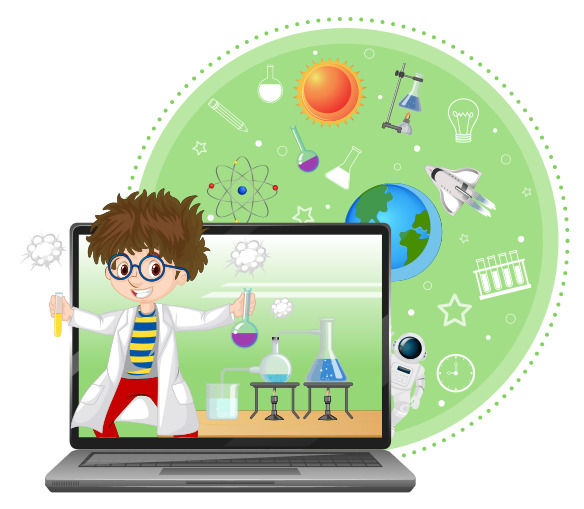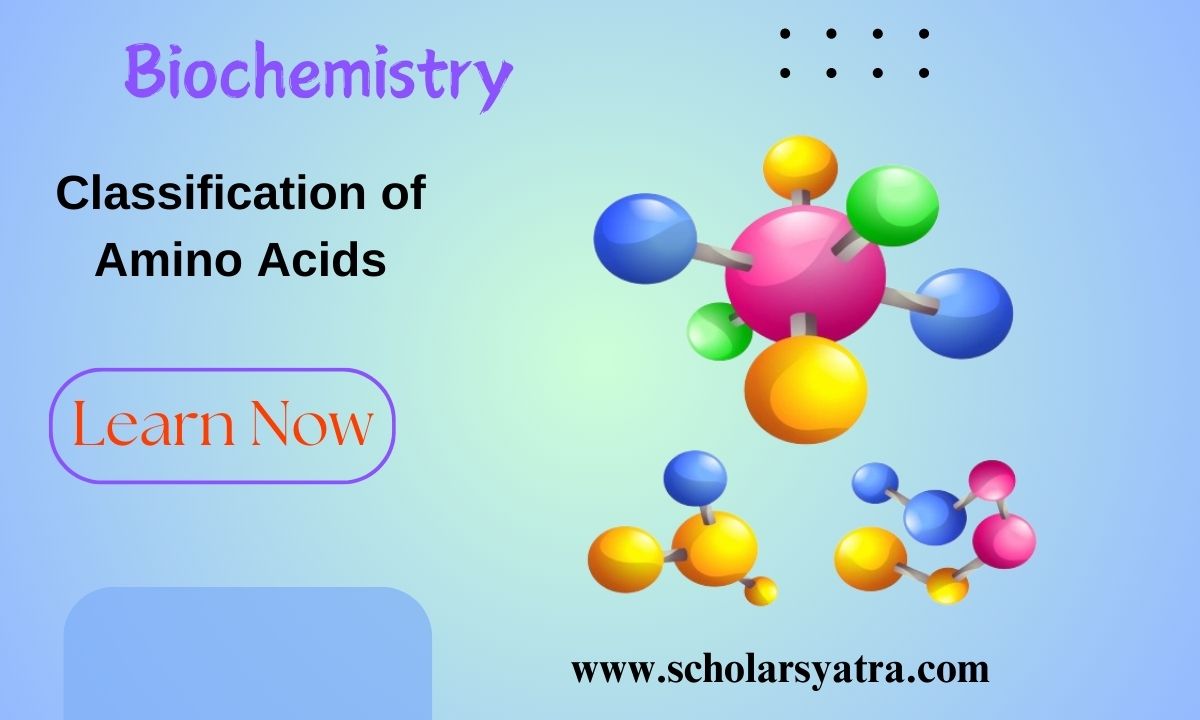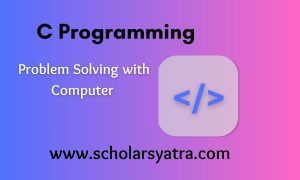What Is Scientific Learning?
“Science is a way of thinking much more than it is a body of knowledge.” – Carl Sagan
Table of Contents
ToggleScientific learning is not just about remembering facts or solving equations—it’s about thinking like a scientist. It involves inquiry-based methods, experimentation, critical thinking, and reflection. This educational approach prepares students to face real-world problems with a curious, evidence-seeking mindset.
Whether you’re in school, teaching in a classroom, or navigating life, scientific learning enhances decision-making and builds long-term intellectual agility.
Let’s understand what scientific learning truly means.
“Scientific learning isn’t just about memorizing facts from textbooks. It’s a dynamic and evolving process through which we gain knowledge and understanding about the world around us—through science itself”. -Biren Rana
At its core, scientific learning is grounded in the scientific method—a tried and tested approach that begins with curiosity. We observe something intriguing, we ask thoughtful questions, we propose possible explanations—what we call hypotheses—and then we test those ideas through careful experimentation.
But it doesn’t stop there. We collect data, analyze it, and most importantly, we draw conclusions based on solid evidence—not assumptions. This methodical way of learning does more than just inform us—it sharpens our critical thinking, nurtures our inquisitive nature, and teaches us to approach problems with logic and objectivity.
In short, scientific learning empowers us not just to know more, but to think better—systematically, skeptically, and scientifically.
The Core Philosophy of Scientific Learning
1. Learning Through Inquiry
At the heart of scientific learning lies inquiry—the practice of asking questions and exploring answers through observation and experimentation.
Fact: Inquiry-based learning boosts retention rates by up to 75% compared to passive learning.
In classrooms, this means shifting the focus from “What is the answer?” to “Why is this true? How can we prove it?”
2. The Scientific Method in Action
Students become active investigators, following these steps:
-
Ask a question
-
Do background research
-
Form a hypothesis
-
Experiment and observe
-
Analyze data
-
Draw conclusions
This step-by-step approach teaches discipline, reasoning, and evidence-backed decision-making—skills applicable far beyond science.
3. Learning from Mistakes: The Power of Trial and Error
“Mistakes are the portals of discovery.” – James Joyce
In scientific learning, failure is not the end—it’s part of the process. When students test hypotheses and revise conclusions, they develop resilience and adaptability, qualities essential for both academic and personal success.
Why Scientific Learning Matters Today
1. It Builds Critical Thinking
In an age of misinformation, students need to evaluate sources, test validity, and think critically. Scientific learning trains the mind to ask:
“Where’s the evidence?”
“Is this logical?”
“Can this be tested?”
2. Improves Scientific Literacy
Scientific literacy is more than understanding terms like “photosynthesis” or “gravity.” It’s about being able to interpret data, identify false claims, and engage in meaningful discourse.
Fact: According to the OECD, students who engage in inquiry-based science education score higher in scientific literacy tests.
3. Encourages Lifelong Learning
Scientific learning cultivates a growth mindset—the belief that abilities can be developed through effort and study. Learners become curious, independent thinkers who never stop asking “why.”
Strategies to Implement Scientific Learning in Education
1. Use the 5E Instructional Model
Developed by BSCS Science Learning, the 5E model includes:
-
Engage: Spark curiosity with a question or demo
-
Explore: Hands-on activity
-
Explain: Students present findings
-
Elaborate: Apply concepts in new situations
-
Evaluate: Assess understanding
This approach shifts the teacher’s role from “giver of knowledge” to facilitator of discovery.
2. Project-Based and Problem-Based Learning
-
Allow students to solve real-world problems.
-
Examples: Water filtration models, climate change impact studies, or engineering simple machines.
These projects enhance collaboration, creativity, and critical thinking—the 3Cs of modern education.
3. Leverage Technology for Data Analysis
Digital tools and simulations let students experiment with variables, run virtual labs, and visualize results instantly. Platforms like PhET and Google Science Journal make the learning process dynamic and measurable.
Practical Applications of Scientific Learning
-
Health literacy: Understanding nutrition labels, evaluating medical advice
-
Finance: Budgeting using data and analysis
-
Environment: Understanding sustainability through research
Quote:
“Education is not the learning of facts, but the training of the mind to think.” – Albert Einstein
Conclusion: Let’s Think Like Scientists
Scientific learning is more than a classroom technique—it’s a mindset. By embracing curiosity, questioning, experimenting, and learning from failure, we cultivate independent thinkers ready to thrive in an unpredictable world.
“The important thing is not to stop questioning. Curiosity has its own reason for existing.” – Albert Einstein






